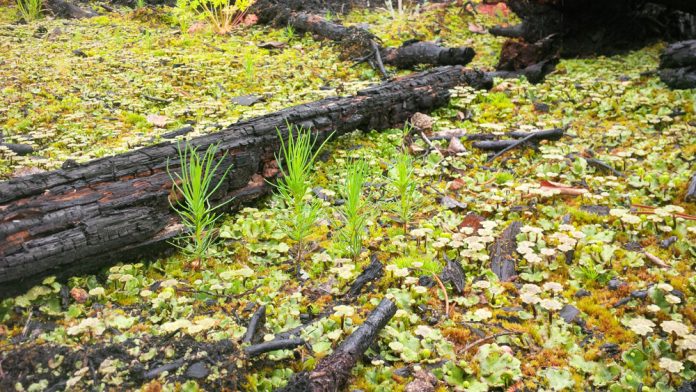Wildfires conjure up feelings of terror: fear of property damage, habitat loss, even death.
But fire can also be our friend, and Dave Stevenson doesn’t think we’re having enough of them.
“When you hear in the news, in the media, that a forest was destroyed by fire, that’s garbage,” he told a forestry symposium organized by the Prince Albert Model Forest on Tuesday.
Stevenson works for the forest service, a branch of the provincial Ministry of Environment. Fire, he said, is part of the natural forest cycle. It regenerates aging growth and creates habitat for a diverse range of species.
“Species have evolved with fire in their landscape,” he said. “Boreal forest is a fire driven ecosystem. Fire is what drives the change and the rebirth of the forest.”
But in the commercial forest zone – an enormous strip of woodlands that cuts through the middle of the province – fires are now rare. Over the past 70 years, he said, industry and public authorities have managed to drastically reduce the risk of forest fire.
“What you end up with is a forest too old,” Stevenson said.
That’s why the Ministry of Environment is trying to replicate natural fire patterns through logging regulation. A new environmental code, due out this summer, will direct forestry operations to retain the kind of texture left by a wildfire.
“We’ve taken a new approach that we’re embedding in our new standards,” he said, “to mimic or emulate the way fires exist on the landscape.”
For more on this story, see the April 29 print or e-edition of the Daily Herald.


